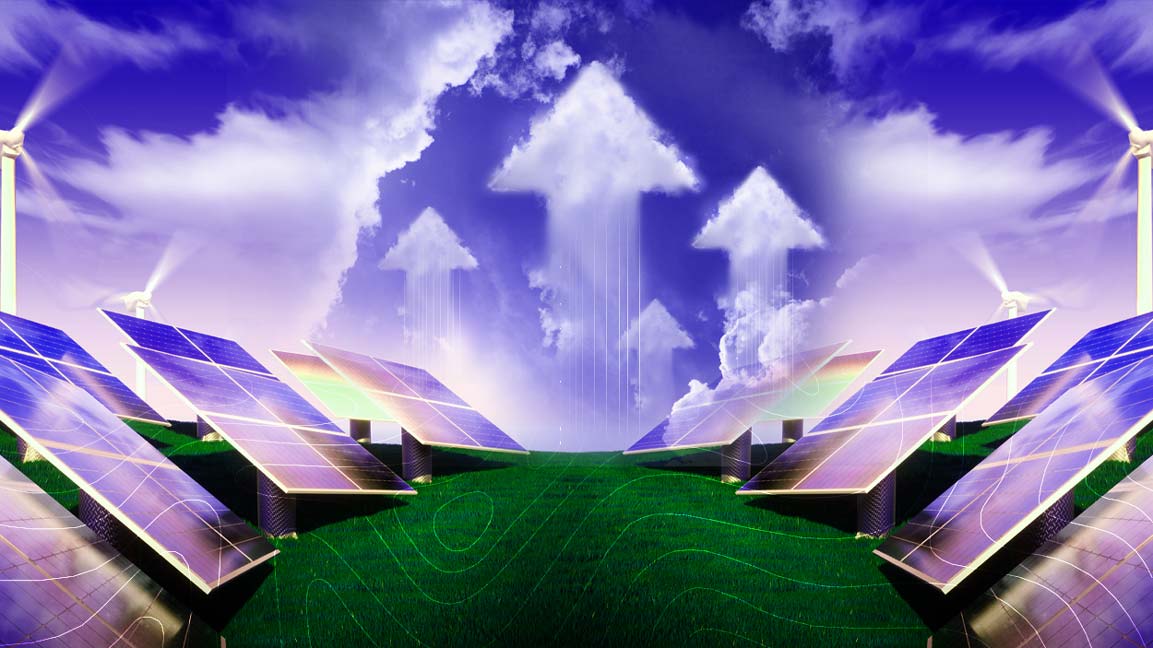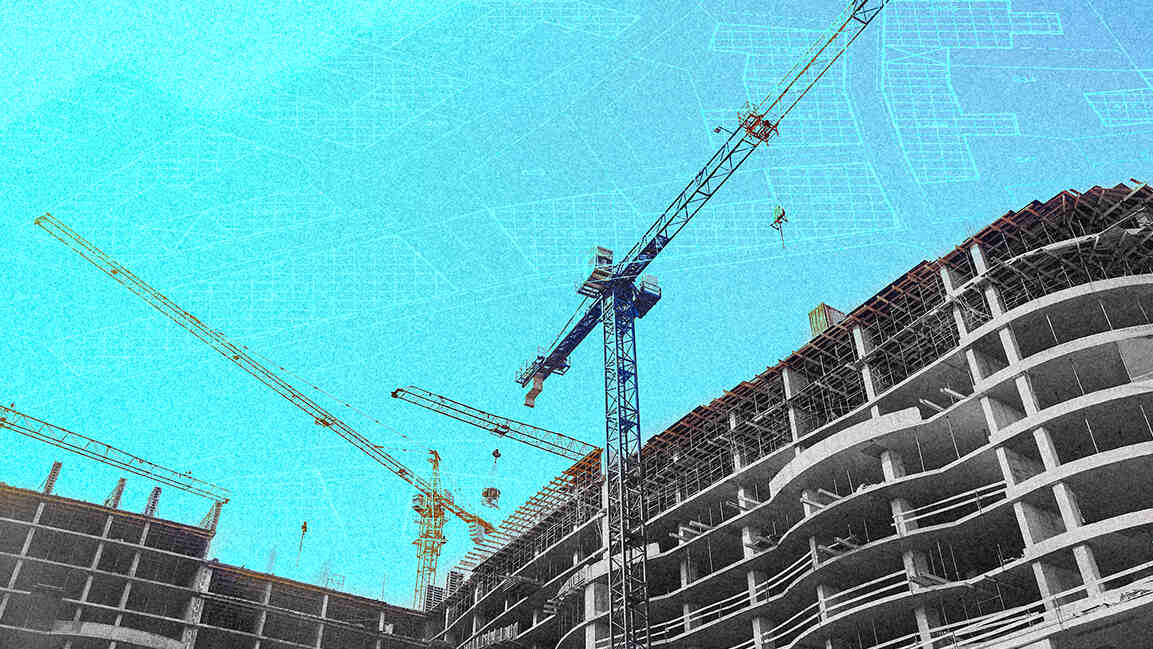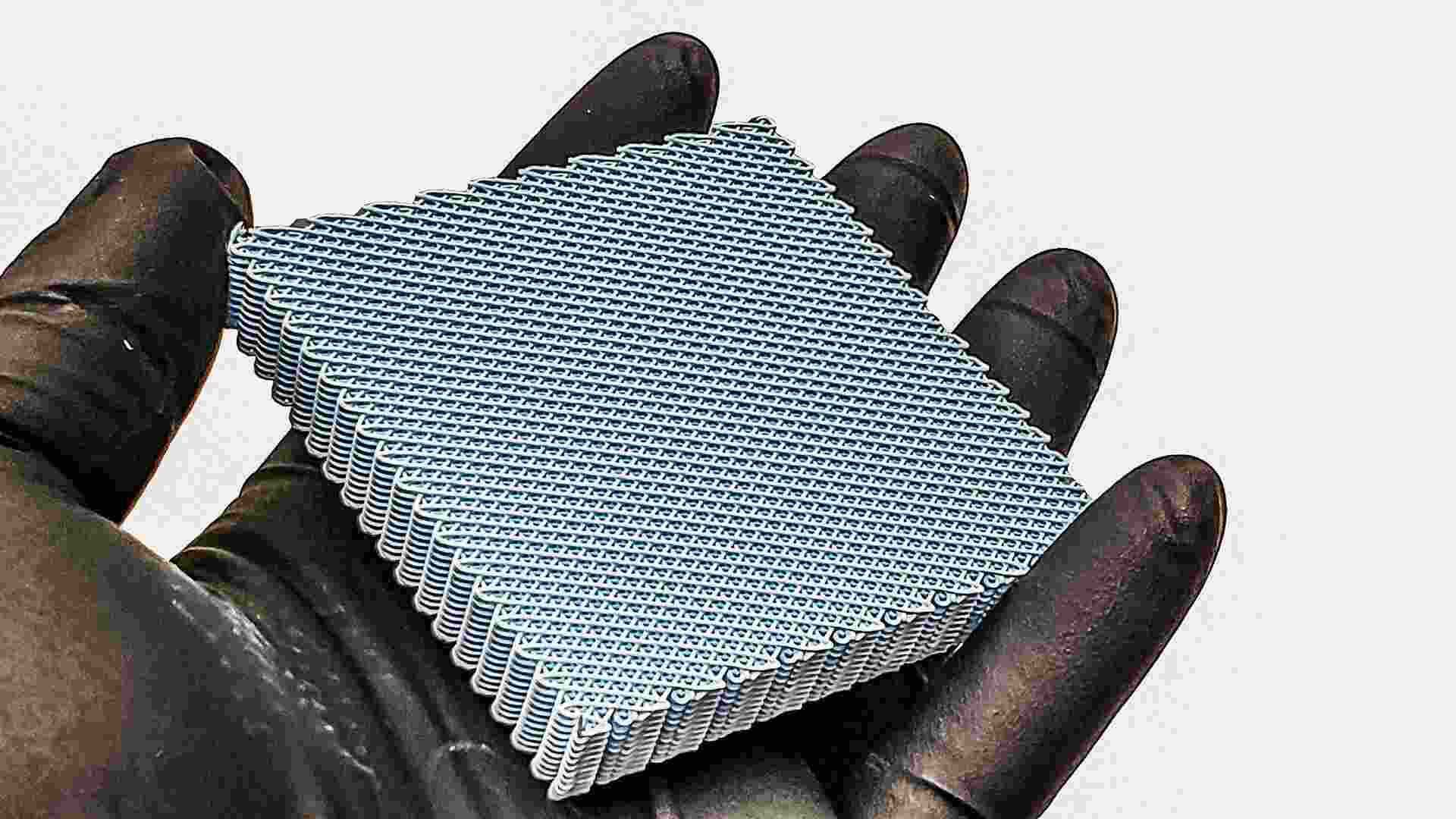- | 2:00 pm
EWEC announces over 60% of the total power demand delivered from renewable and clean energy sources
The utility generated 8.6 gigawatts of energy, of which 5.5 gigawatts came from solar and nuclear power plants

Emirates Water and Electricity Company (EWEC) has stated that clean energy now makes up more than 60% of the entire amount of power it produces.
On December 20, the utility generated 8.6 gigawatts of energy, of which 5.5 gigawatts came from solar and nuclear power plants.
According to EWEC CEO Othman Al Ali, the development “is a true testament to EWEC’s strategic initiatives that prioritize carbon-free technologies in support of the UAE’s sustainable and economic objectives.”
The construction of renewable energy facilities is a top priority for the UAE, the second-largest economy in the Arab world and the third-largest oil producer in Opec, to reduce emissions and achieve its net-zero goal by 2050.
The five-gigawatt Mohammed bin Rashid Solar Park in Dubai and the 1.5-gigawatt Al Dhafra station, the largest single-site solar power plant in the world, are both being built by the Emirates.
For constructing a new solar photovoltaic plant in the Ajban neighborhood of Abu Dhabi, EWEC requested developers to submit expressions of interest in May.
According to EWEC, the plant’s size and generation capacity will be comparable to Al Dhafra.
Another EWEC facility, the Noor Abu Dhabi solar plant began commercial operations in 2019 and will eventually produce roughly one gigawatt of electricity. It is one of the largest single-site solar power plants in the world.
Over the next three decades, the UAE expects to invest $163 billion in clean and renewable energy sources.
Meanwhile, the national grid’s contribution from the Barakah nuclear power plant and the solar energy projects of EWEC are expected to cut carbon emissions from more than 40 million tonnes in 2020 to roughly 20 million tonnes by 2025.
The first nuclear power plant unit started operating in April 2021, while the second did so in March 2022. The fourth unit is scheduled to begin operating in the upcoming years, with the third unit being connected to the UAE transmission grid in October 2022.































